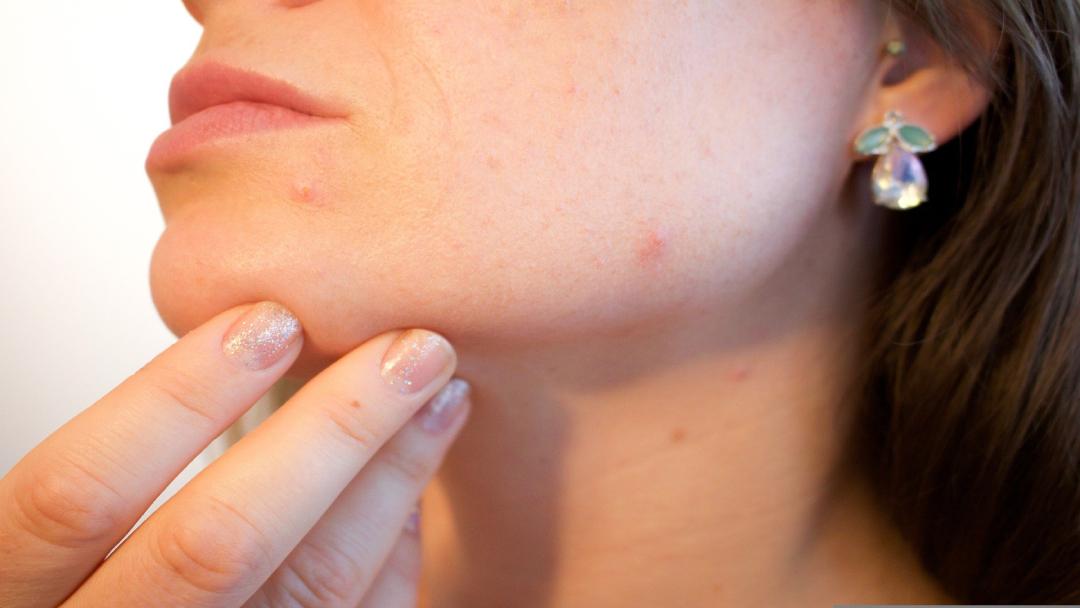Hyperpigmentation is a frustrating issue for millions of people today. Hyperpigmentation can stick around for years like a stubborn scar, unlike the occasional blemish.
What makes this skincare issue so prevalent? For starters, hyperpigmentation crops up in several layers of the skin. There are also many everyday habits people have that make hyperpigmentation worse. If you’ve tried a hundred skincare products to fix your dark spots, keep reading.
We’ll break down how to get rid of hyperpigmentation with real results.
The basic definition of hyperpigmentation is any darkening of a specific area on the body. This term is usually for imperfections, blemishes, or scar-like marks.
Tanning is technically hyperpigmentation, but has its own category since it covers most of the body. Increased pigmentation is usually not a cause for alarm and appears for a number of reasons, which we’ll explore below.
Is Hyperpigmentation Dangerous?
While you may be alarmed by dark spots on your skin, hyperpigmentation is usually not dangerous. On the other hand, you should absolutely bring up any surprise moles or bumps to your doctor.
Moles, bumps, or spreading marks can be a sign of illness or cancer.
The Causes of Hyperpigmentation
Before we dive into the tried and true methods of fixing these blemishes, let’s look at the underlying causes. Hyperpigmentation is not just treatable, but avoidable!
Excessive Sunlight Exposure
Do you get a lot of sun exposure without putting on effective sunscreen or using protective clothing? You may be causing hyperpigmentation in more sensitive parts of the skin.
Your face and neck have thinner skin than the rest of your body. That said, sun exposure can make hyperpigmentation on your hands and feet worse, too.
Melasma
This skin condition is well-known for creating hyperpigmentation on the face or stomach. Infrared light, heat, and pregnancy are the most frequent contributors to developing melasma.
Don’t confuse melasma for melanoma, a severe type of skin cancer.
Acne
There’s a high chance you’ve dealt with acne in the past. This skin condition affects an estimated 50 million Americans every year.
Contrary to popular belief, acne is not just an issue for teenagers going through a growth spurt. Acne comes in the following forms:
- Whiteheads
- Blackheads
- Cystic (also called hormonal)
Are There Risk Factors for Hyperpigmentation?
Take a critical glance at your lifestyle to see if you have additional risk factors for hyperpigmentation. These details will inform the kind of treatment that suits you best.
Darker Skin Tone
Higher levels of melanin in your skin increase your chances of darker hyperpigmentation.
Skin Trauma
Were you injured recently? Cuts, bruises, and burns contribute to hyperpigmentation through scarring. These scars can be darkened further by sunlight exposure.
Oral Contraceptive
If you take hormonal birth control, there’s a chance your skin could create more hyperpigmentation. Make sure to let your doctor know of your contraceptive in case they prescribe an oral medication.

How Do You Get Rid of Hyperpigmentation?
Getting diagnosed with hyperpigmentation can be both exciting and frustrating. Your first informed step is to figure out the root cause of your skin issue so you can get the best treatment.
Several topical and oral medications exist to reduce hyperpigmentation.
Chemical peels (AHAs) and BHAs get rid of hyperpigmentation as well!
Hydroquinone
This medication is a popular ingredient in skincare products. You use hydroquinone topically to lighten specific areas of the body, such as the jawline or the shoulder.
These topical medications work by reducing melanocyte production in your skin, the cells responsible for generating melanin. Expect to wait at least four to eight weeks to see significant results, though mild cases may notice a difference within two weeks.
Hydroquinone is not recommended for long-term use due to the possibility of dry and irritated skin. You also don’t want to use hydroquinone from an unreliable source, since some unregulated skin lightening products have mercury or lead.
Retinoid
If you’re looking for alternatives to hydroquinone, consider a retinoid. A retinoid is a mild form of vitamin A applied to the skin.
Don’t confuse retinoid with retinol, which is a powerful form of vitamin A only available through a doctor’s prescription. If you have more mild hyperpigmentation caused by acne or hormonal changes, a retinol medication will work well. Severe and stubborn hyperpigmentation may need a retinol application.
Retinoids make the skin pretty sensitive to sunlight, so they need to be paired with effective sunscreen and limited sun exposure.
Thyroid Medication
Hyperthyroidism is a condition that often creates hyperpigmentation. For example, methimazole is an oral medication used to reduce a patient’s symptoms.
How Do You Prevent Hyperpigmentation?
There are good habits you can build while waiting for hyperpigmentation treatment. This annoying skin issue is easily prevented with the following tips.
Wear an Effective Sunscreen
Sunscreen is a must-have ingredient for safe and healthy skin. Your sunscreen should have either titanium dioxide or zinc oxide, both minerals that repel UV rays.
Don’t just look at the SPF number. Some sunscreens have dangerous chemicals that can increase your risk for cancer.
Wear Long Sleeves, UV Protective Clothing, or A Hat Outside
Limit how much sunlight hits your skin. While you need some sunlight for vitamin D production, too much exposure will make hyperpigmentation worse.
Long sleeves and a wide-brim hat will help keep the sun off your skin. You can also buy UV protective clothing that naturally repels sunlight.
Limit Your Sun Exposure to Morning or Late Evening
The midday sun is famously hotter than morning and evening. Try to limit your sun exposure so you’re not outside in the middle of the afternoon.

Why You Should Try Medication for Hyperpigmentation
You don’t have to live with hyperpigmentation forever. Today’s topical and oral treatments are quite effective at nipping these blemishes in the bud.

